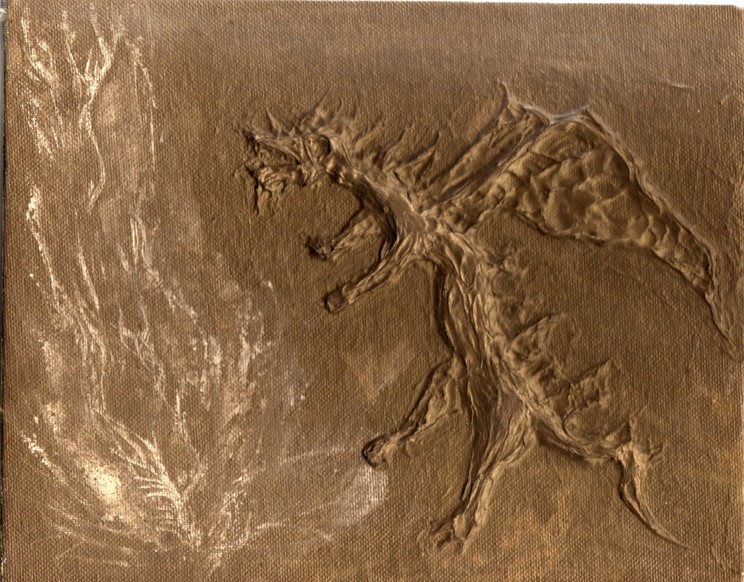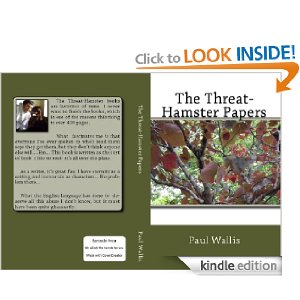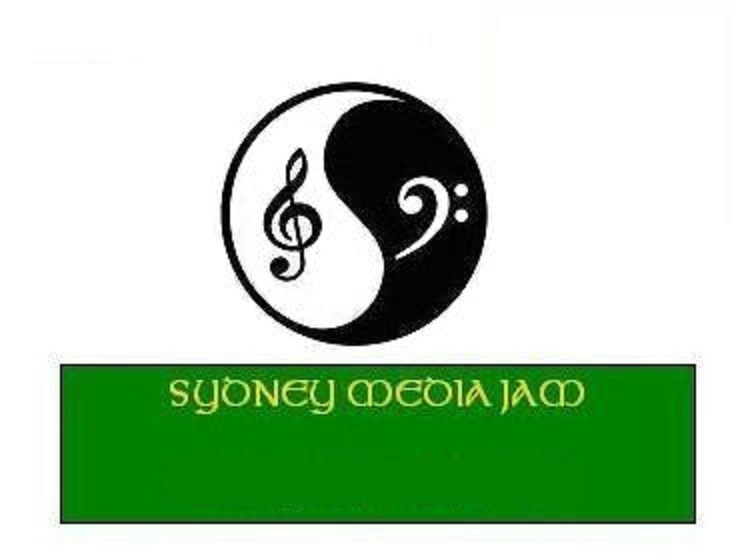
Whether anyone likes it or not, the fact is that literature is evolving, despite Easy Bake storylines and a prehistoric idea of content. Fascinating as middle class storylines never will be, there’s no doubt at all that the boundaries of literature, its forms and its market are on their way to real revolution.
By “real” revolution, I mean the hard facts form. Not a conscious decision, not organised, not a political motif, but a general move to new territory. Formats and technology are awakening a monster that’s been asleep since the modernists. Post-modernism was a wank and a half. The alternative to post-modern was conservative, and like all good little illiterates, the publishing industry, which has the artistic knowledge base of a house brick, defaulted to the current scenario.
Change is more than inevitable. It’s natural. Why would future readers want to read the hacked-to-death snivellings of the past. Like the Penny Dreadfuls and mass market of the 19th century, there’ll be nothing left. “Cliché meets cliché” can’t last. It doesn’t deserve to last. It’s not literature. It’s pabulum.
More to the point, the formatting of old style books is now passé. More than passé. It’s excruciatingly ponderous, dull, and inflexible. The Middle Ages produced more visually interesting literature than the present. Why have all these technologies, if nobody does anything with them?
A few cases in point here, because this is the simple argument:
I’ve always wanted to do a modern version of The Book of Kells. Not necessarily because I’m a Celt myself, but because I see a lot of options for presentation, additional content, and basically a lot of fun. I think it would also add value for readers (remember them?) and do more to enhance modern literature than mere gizmos can ever possibly hope to achieve.

What I’m looking at is a full colour book. If you’ve read any of the Threat-Hamster books, (Why not? Your life depends on it, you know.) imagine one of those dressed up like this:
You get the idea. More of everything. With the Threat-Hamsters, I could go nuts with added content, and have a lot of fun with it. Therefore I don’t see how literature could survive another second without it.
Perhaps more applicable to other people, it would also add a lot of context and, let’s face it, value. Although my books will cure diseases and raise the literature-inclined dead, it’d be nice to get a bit more bling for the buck.
This is an extremely simple idea. It’s not even about interactive books, yet, and those are definitely on the way, despite the single digit IQs of media marketing.
Please note this isn’t just about aesthetics. It’s about real value in terms of more brain food, more perspectives, more ideas, and more capacity for books to do their jobs.
That, believe it or not, is the point of literature. Like any art form, it’s expression of a perspective. It’s not doing its job at the moment, despite a few noble efforts which have to be considered atypical of the current state of literature.
Books do what?
Inform? Entertain? Provide something to put into empty mental spaces?
Well, do they?
How about inspire?
Let’s go nuts- What about interest?
Note at this point a disconnect. From the excruciatingly dull forms of “taught” writing, including a type of story logic which any coroner would say was long dead and didn’t need a death certificate, what’s inspiring about modern literature? Not a lot.
This is pedantry incarnate, and it’s a turn-off to real readers. Fiction is a joke, and never really discusses ideas. It’s 2 pages of storyline per 100 pages of worthless dialogue. You couldn’t sell sex in a jail with these storylines.
Nor could you claim to have done much more than get a few brain cells mildly interested.
When I read Brave New World, the Foundation trilogy and Candide, I was genuinely inspired at the age of about 14. These books set off a whole periodic table of reactions and ideas. In fairness to readers, I must say that what they want to read has a right of precedence over anything else, but even so- Why bore the poor bastards to death with predictable crap?
Now- How can you say that readers prefer generic writing? They have choices, as well as preferences. Can you say that someone who reads Mills and Boon won’t read anything else?
The economics of publishing say otherwise. A print run, usually, winds up in the bargain bin. Waste of space for retailers. A good book will just sit there and sell, for generations in some cases.
The new market has created more choice than anyone ever dreamed possible, and that’s where new literature will incubate. When it comes out, it’ll be unstoppable.
Literary forms
The literary forms will have to change, too. Modern writing is a cornucopia of predictability. The postmodernist idiots who assumed there was nothing new simply proved their lack of depth and talent. There’s always something new.
Nowhere, except perhaps music, would something new get more interest than in literature. People read because they like reading. Give them something that’s interesting, and you get results. The rise of the paperback in the 19th century, in fact, was based on access, and that’s where the market was created.
The new market will greatly exceed those boundaries. Literature is afflicted with plodders, office politics and ridiculous demands on authors for bureaucratic procedures. All of that can now be washed clean.
This is where new literary forms come in.
Consider:
- A literary form of jazz- A little more structured than stream of thought, with improvisations. A glissando chapter? A blues chapter? A series of rhythmic phrases on a theme? Easy; and interesting even by description.
- Theatrically structured literature- Multiple authors writing character pieces. This could be a lot of fun for writers and readers alike. Not that hard to do, either.
- Multi-platform literature- Finding your way through a range of hyperlinks, videos, and text isn’t hard; it’s useful. It’s now so accepted that its functional values are rigorously overlooked. E-books can do this easily, with no trouble at all. Imagine a whodunit where you have to assemble clues this way. Non-fiction could benefit a lot, too, providing more access to more information and not burying itself in annotations and source references.
- Multi-level literature- A book with a range of broader perspectives. The Threat-Hamster books are experiments in this area. (Which worked to a surprising degree for some reason. I just wrote them and watched what happened.)
- Indirect literature- A school/pack/not-herd of writers in a theme, not unlike the Lovecraft mythos books, across a range of subjects.
There are no limits. There never were. Literature has inflicted itself with this graveyard of obsolescence, and it’s about time it dug its way out. It does have to happen, and it will happen.
This reinvention doesn’t have to be a painstaking exercise in “literary form” or similar drivel. Form can be anything, in any medium, in any context. Lose the pedants and learn to read because you like it. You’ll feel much better.
